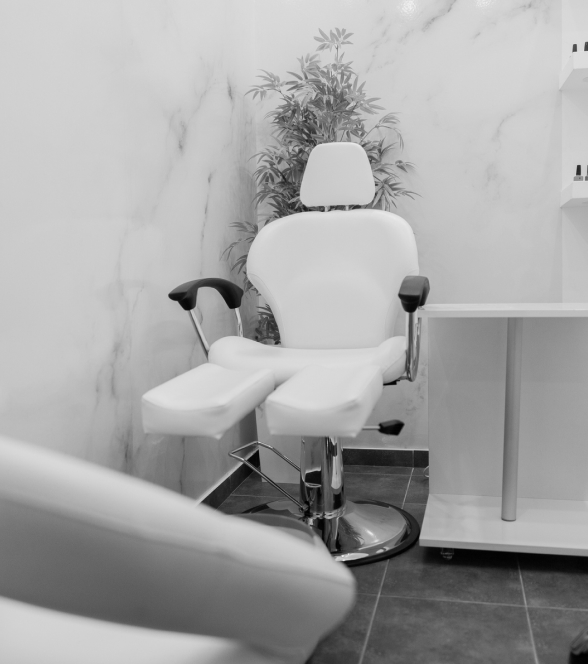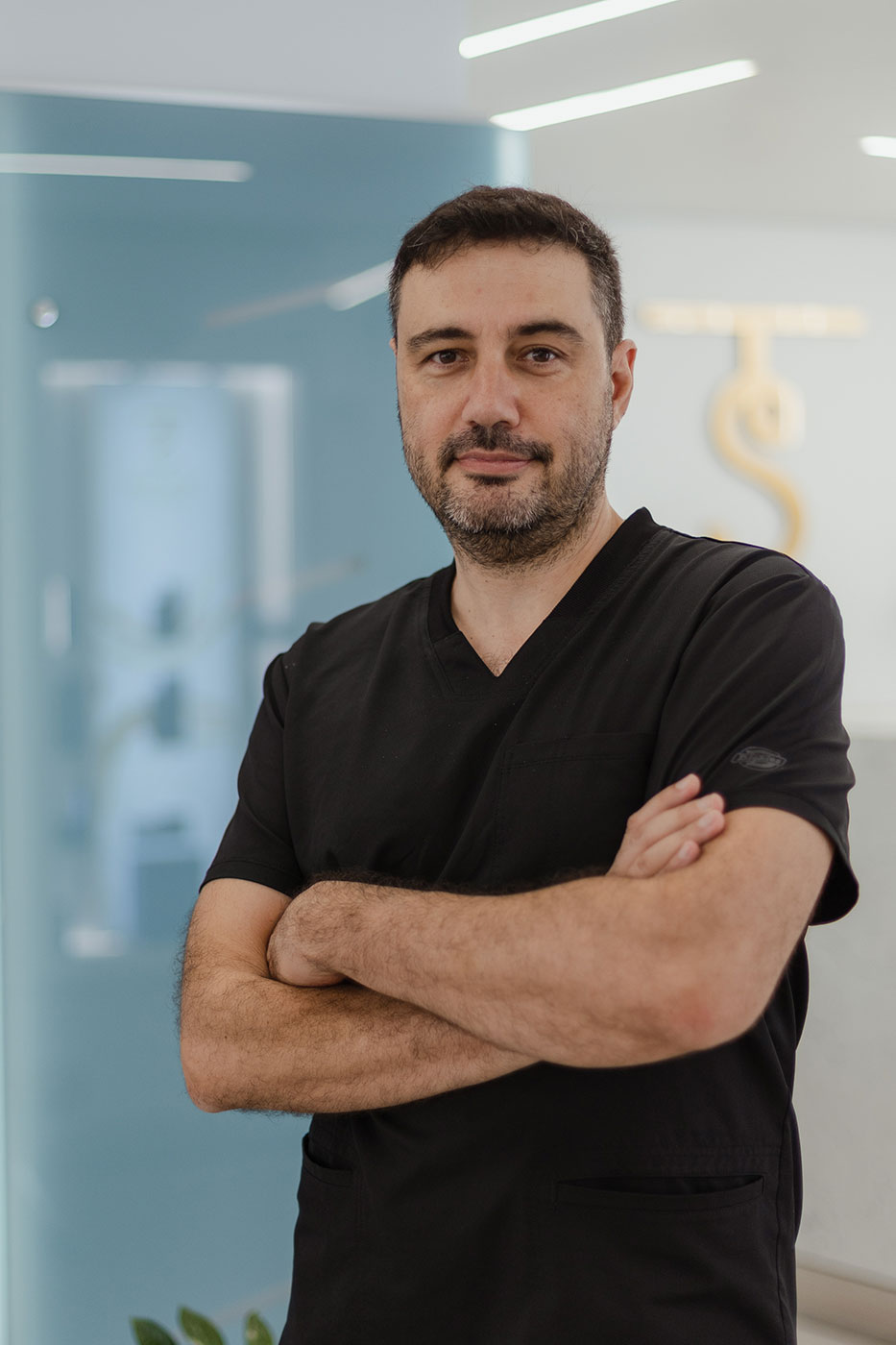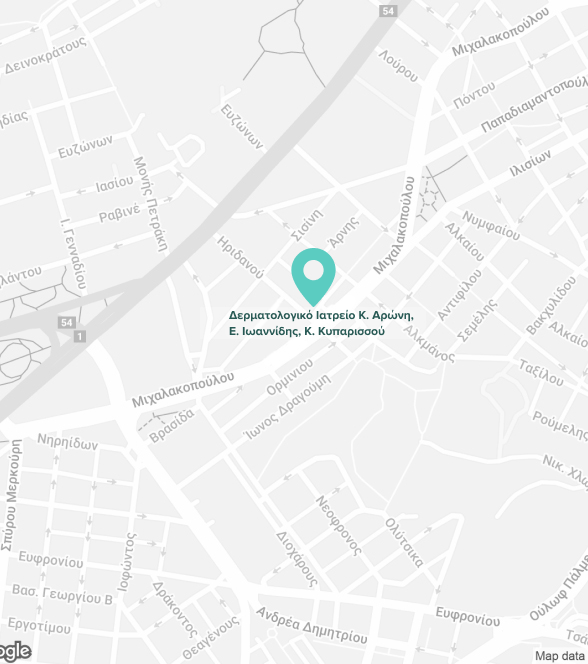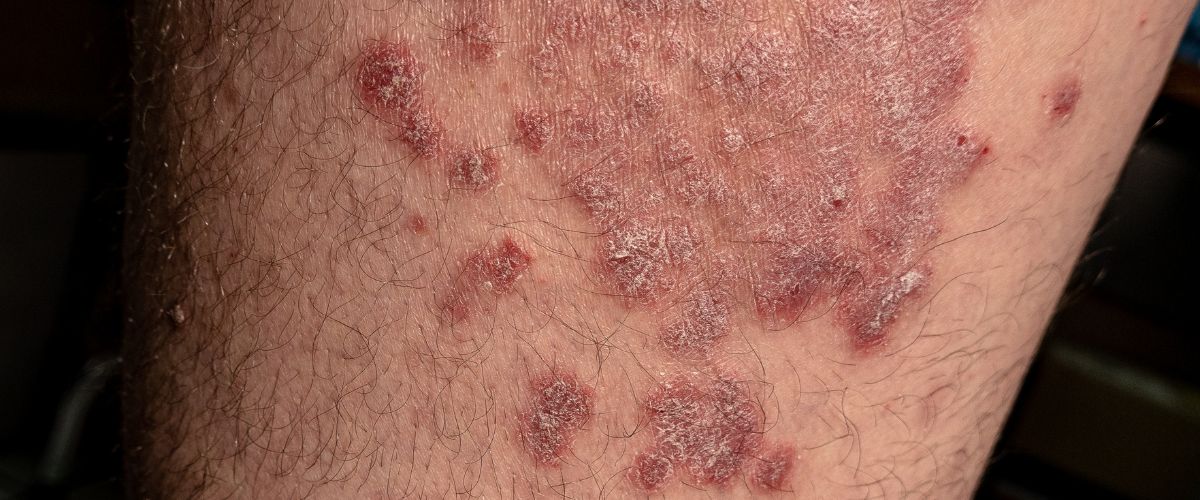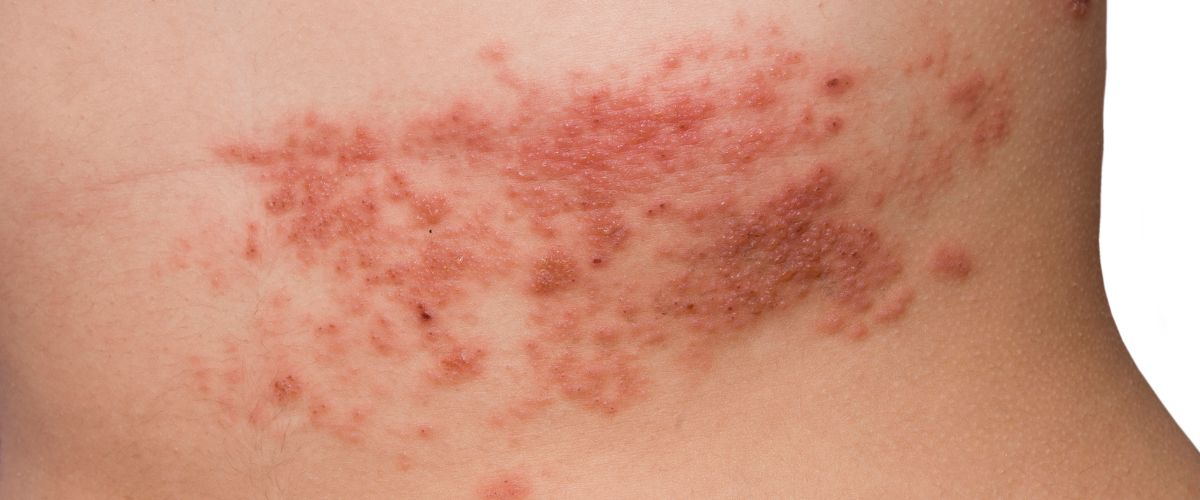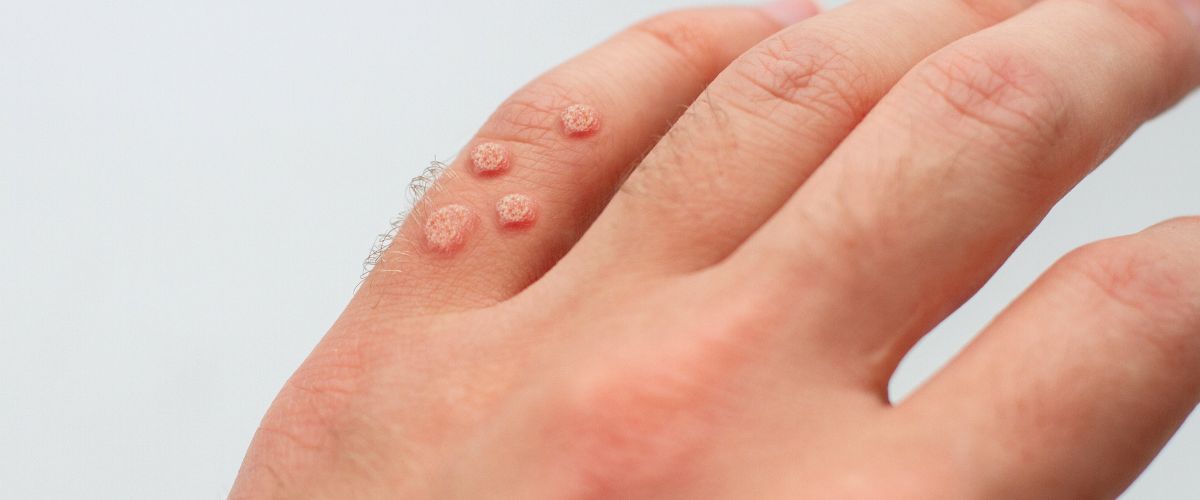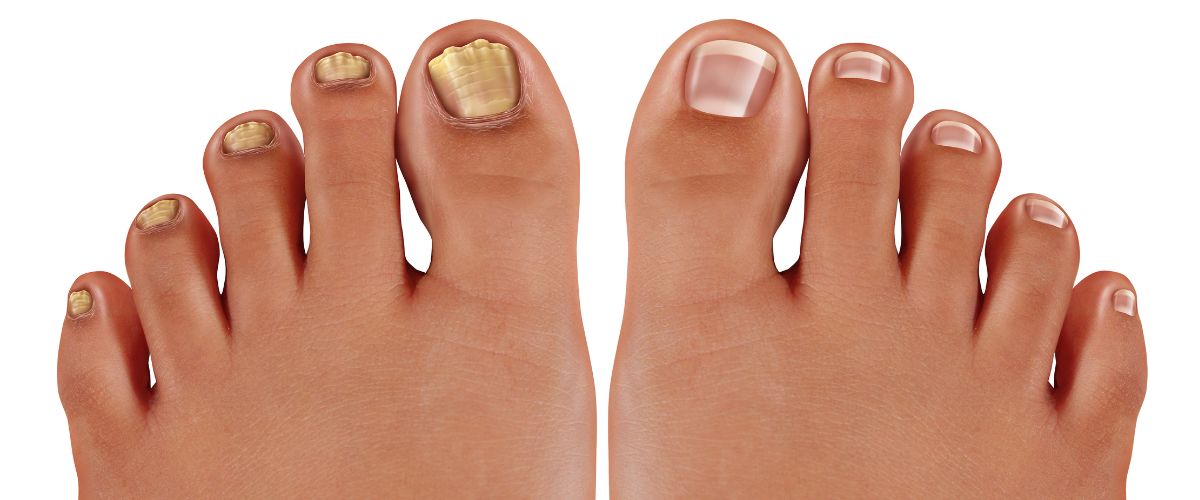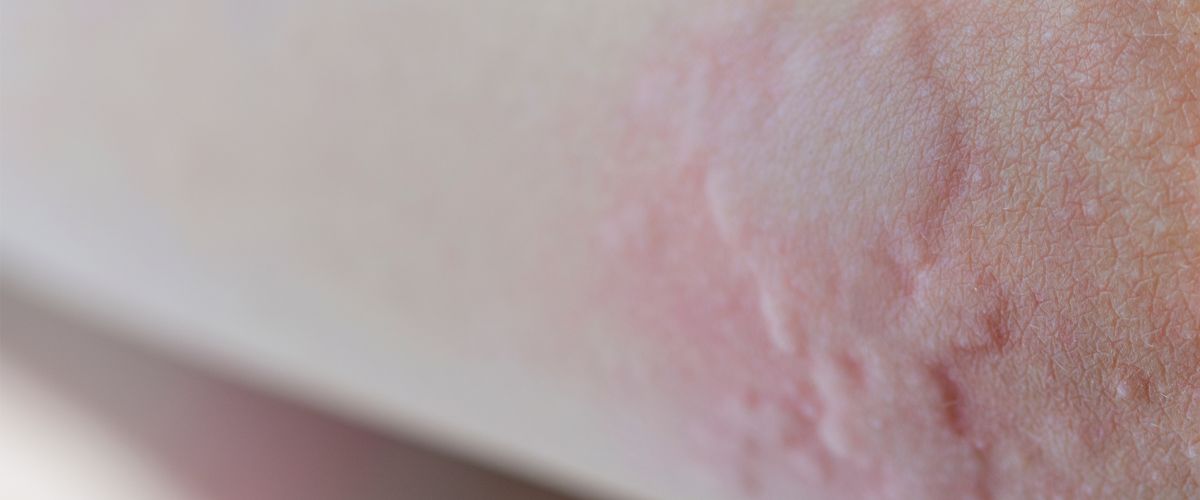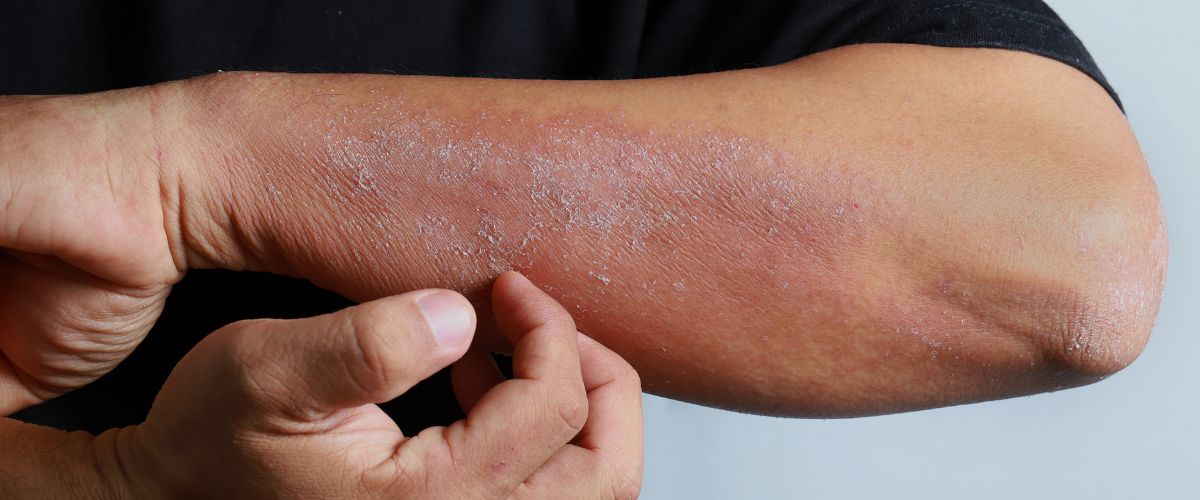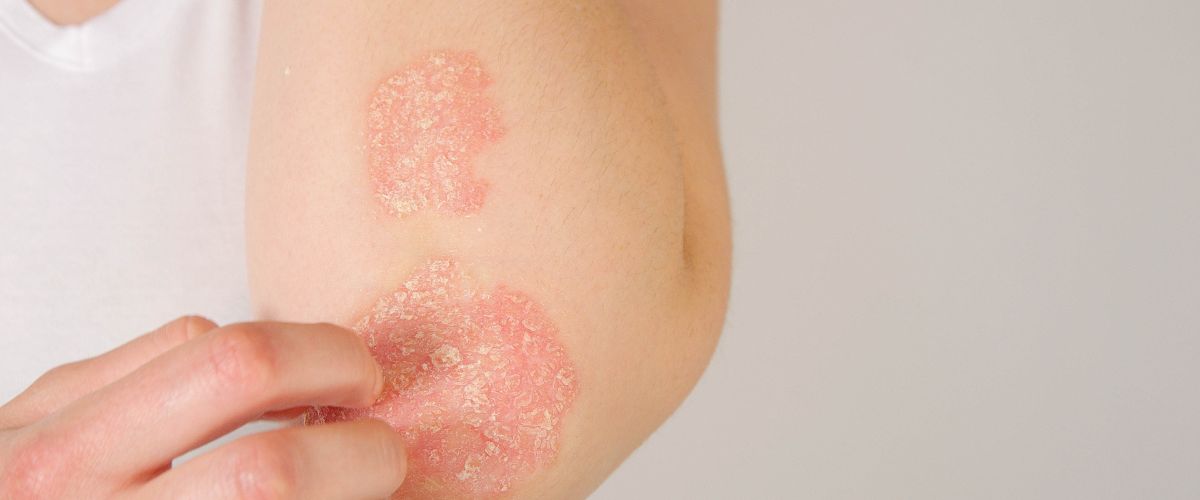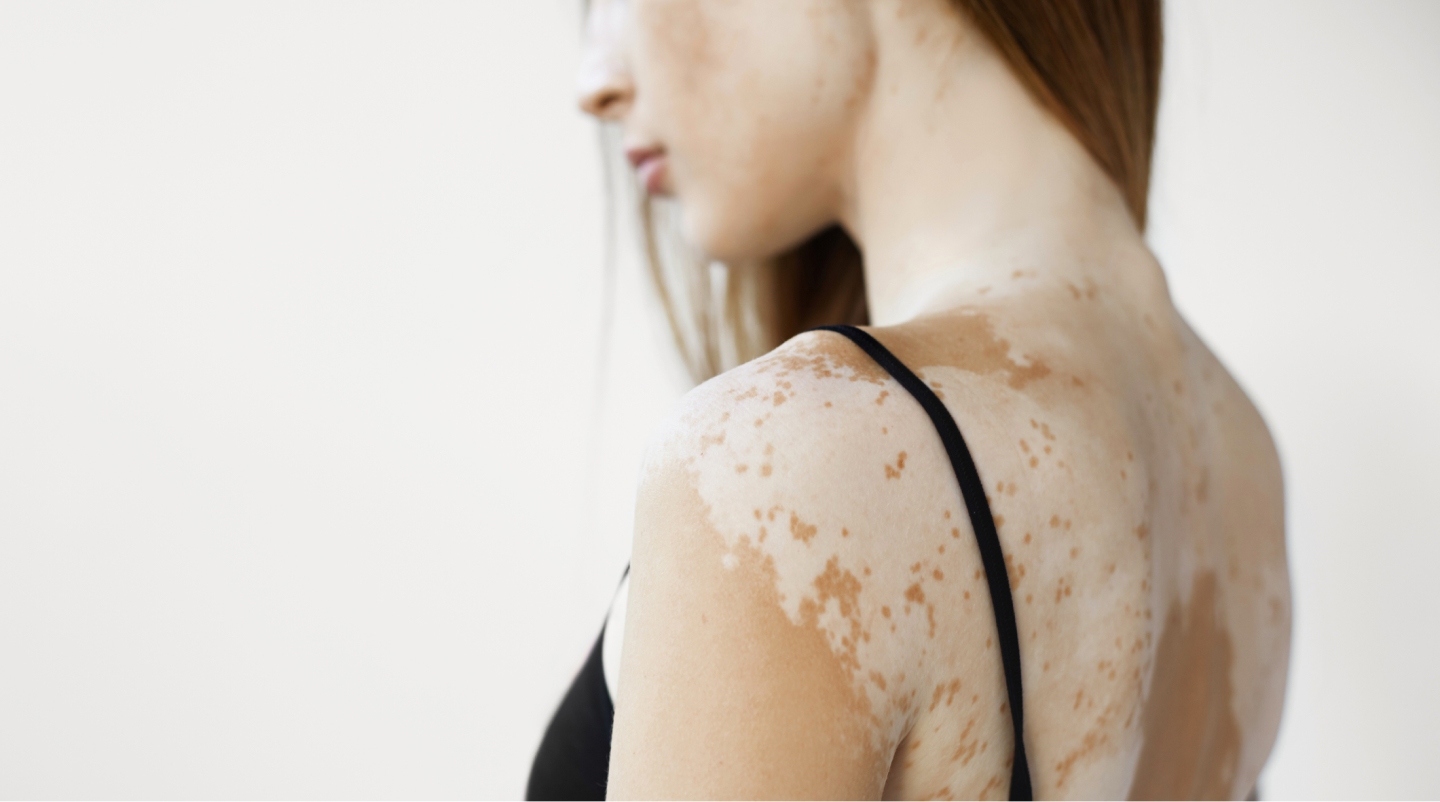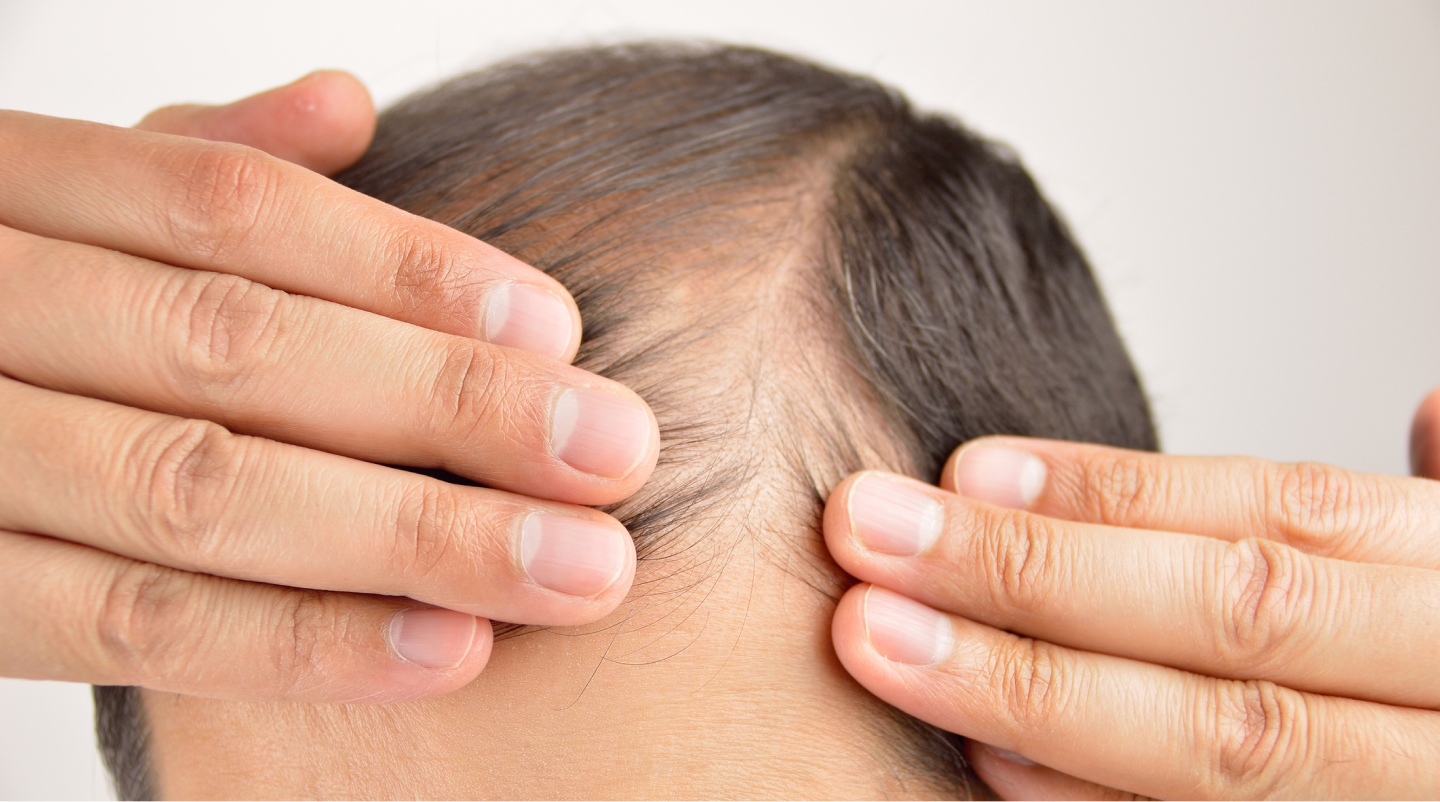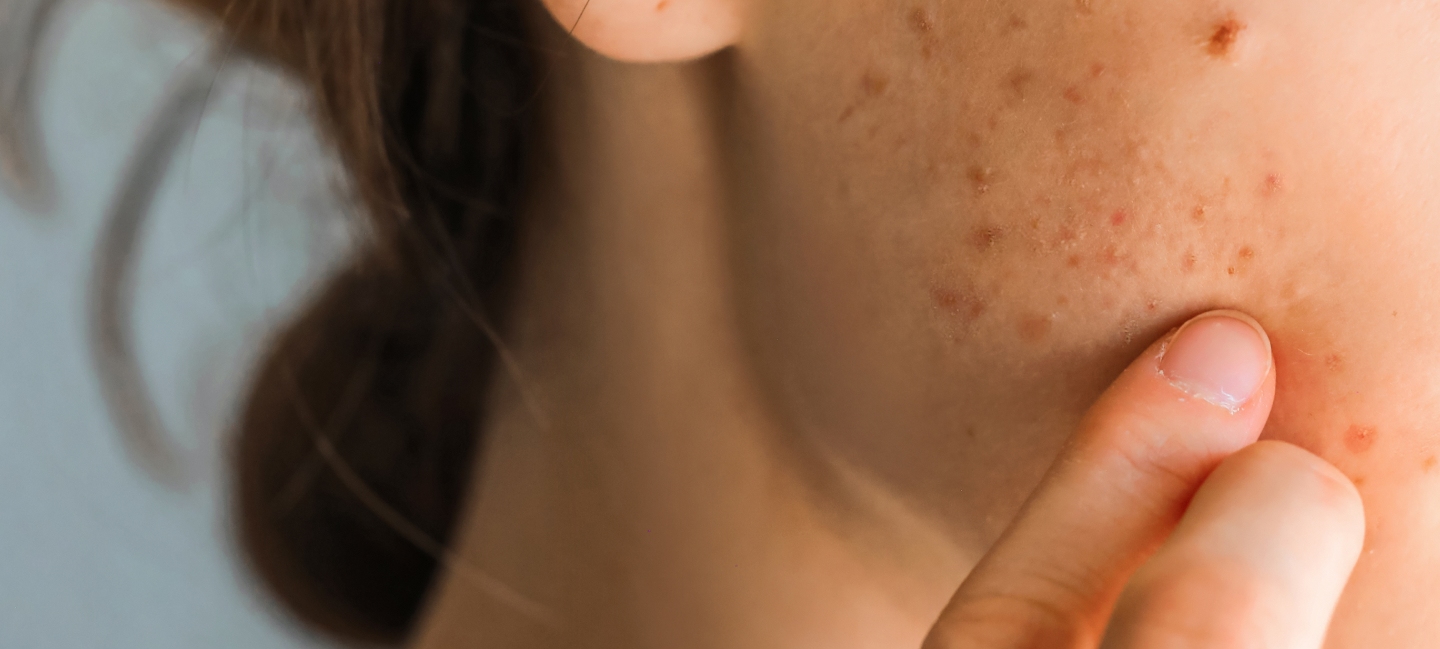What is Lichen Planus?
The term Lichen Planus describes a condition that is fundamentally an autoimmune disease but is localized only to the skin, mucous membranes, hair, and nails, and not to other organs. Basically, it is a group of diseases that includes the classic lichen planus, the mucosal lichen planus, and the hypertrophic lichen planus. A common feature in these is inflammation in the mid-dermis and the presence of lymphocytes in a band-like pattern that appears on histological examination, which is why biopsy is often particularly useful. The use of corticosteroid preparations, although it may be particularly useful in some forms of the condition to relieve symptoms, is not recommended long-term, especially in hypertrophic lichen planus, as it can cause atrophy even with local use.
What forms of lichen planus exist?
Several dermatological conditions fall under this category, but we will focus on hypertrophic, classic, and mucosal lichen planus.
Hypertrophic Lichen Planus
Hypertrophic and atrophic lichen planus more commonly appear in the genital mucosa of men and women. Symptoms in this case include itching or discomfort. It is a condition that should be correctly diagnosed from the beginning and treated promptly, as it causes destruction of collagen and atrophy, leading to permanent skin changes. It is important to note that corticosteroid creams frequently prescribed can worsen skin atrophy. In our clinic, after effectively treating the disease with the latest advancements available in international literature, we proceed with collagen regeneration in the area to restore it to its previous condition as much as possible.
Classic Lichen Planus
Classic lichen planus is usually characterized by papules on the skin that are somewhat reddish-purple in color and shine in the light. It is a picture that is quite characteristic in dermatology, although, as expected, it is often indistinct to patients who describe their rash as 'pimples'. It is a dermatological condition that can become chronic and is characterized by itching that can be quite intense at times. It has a classic localization on the inner wrists, although it can be quite scattered. Classic lichen planus is perhaps the most common type of lichen planus on the skin, since hypertrophic lichen planus is rarely found outside the mucous membranes, while there is also pigmented lichen planus, etc. Lichen planus is a dermatological condition that can also affect the nails, causing destructive changes, and the oral mucosa, with a characteristic 'lace-like' lesion.
Mucosal Lichen Planus
Another significant form of lichen planus is mucosal lichen planus, which more commonly appears in women and causes destruction of the hair follicles. A characteristic form of it, unfortunately considered an epidemic of our times, is frontal fibrosing alopecia. In this form of alopecia, there is hair loss in the front part of the head extending from the forehead backwards with parallel loss of eyebrows. If not properly treated from the beginning, it leads to scarring alopecia without the possibility of regrowth. It is a difficult disease, but it can also be treated with a variety of methods.
What are the causes?
Unfortunately, there is no real answer to this question. For some inexplicable reason, our immune cells responsible for defending the body against bacteria and viruses begin to attack cells and elements of our skin, leading to inflammation and subsequent destruction of collagen, atrophy, blister formation, and other symptoms depending on the location of the problem and the exact type of lichen planus.
Lichen Planus Treatment
The treatment of lichen planus is a long-term affair. Depending on the specific type of lichen planus, we first choose the appropriate topical treatment. This must not lead to side effects such as skin and vessel atrophy, as occurs with chronic corticosteroid use. At the same time, it is essential to take medication orally to timely and decisively address skin inflammation, which has destructive consequences. Additionally, new therapeutic protocols have been found targeting the mitochondrial level in hair follicle cells. In the treatment of mucosal lichen planus, the use of autologous platelet-rich plasma (PRP) also has a role.
In the treatment of hypertrophic lichen planus, it has been found that the use of carbon dioxide or erbium glass lasers can help by stimulating collagen regeneration and encouraging the body to produce better quality collagen with controlled energy use from our side. This requires at least 2-3 sessions to achieve significant results, while the previous use of immunomodulatory drugs that repel inflammatory cells and relieve symptoms is significant if not necessary.
It is important to note that circumcision, which is sometimes suggested as a treatment for hypertrophic lichen planus, is not a definitive solution to the problem, although it has a place as a last resort in cases where the skin cannot adequately regenerate. Essentially, hypertrophic lichen planus is an inflammatory condition, and the removal of the inflamed portion does not guarantee that the condition will not recur nearby. Also, it is important to emphasize that mucosal lichen planus is a contraindication for hair transplantation. Apart from the fact that there is no safe area for taking hair follicles for placement, the inflammatory condition may awaken at the point of implantation and lead to destruction of both old and new hairs. A prerequisite for performing a hair transplant is that the disease has not been active for a sufficient period (over a year), and again, there is no guarantee of recurrence. Also, hair follicle implantation into skin with scar tissue poses other difficulties and may require prior treatment of the area for collagen regeneration, e.g., with PRP or adipose-derived stem cells.

